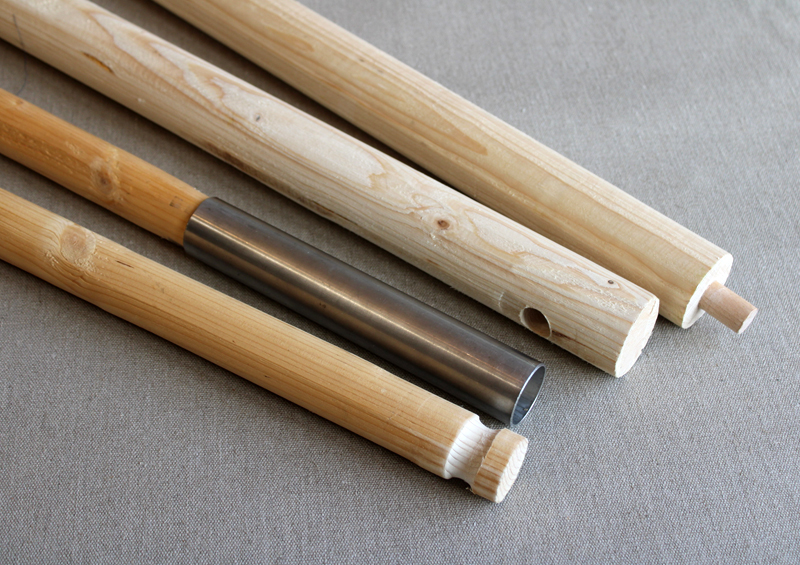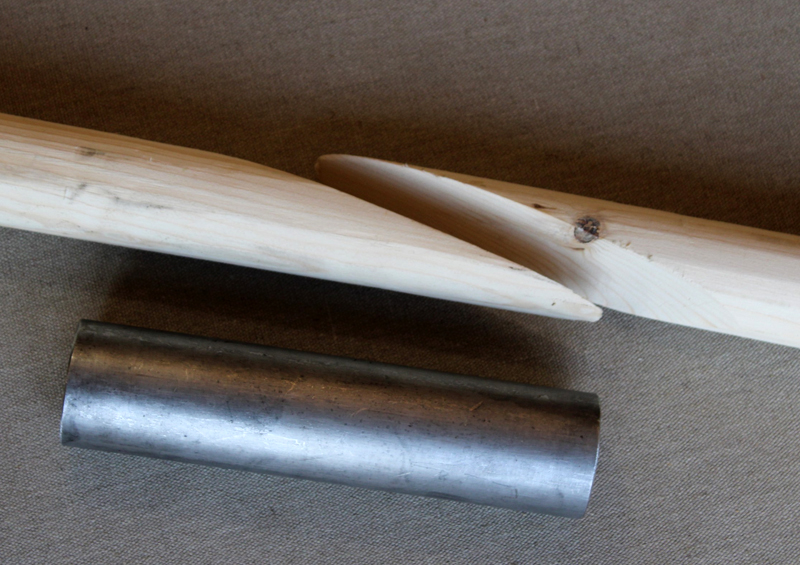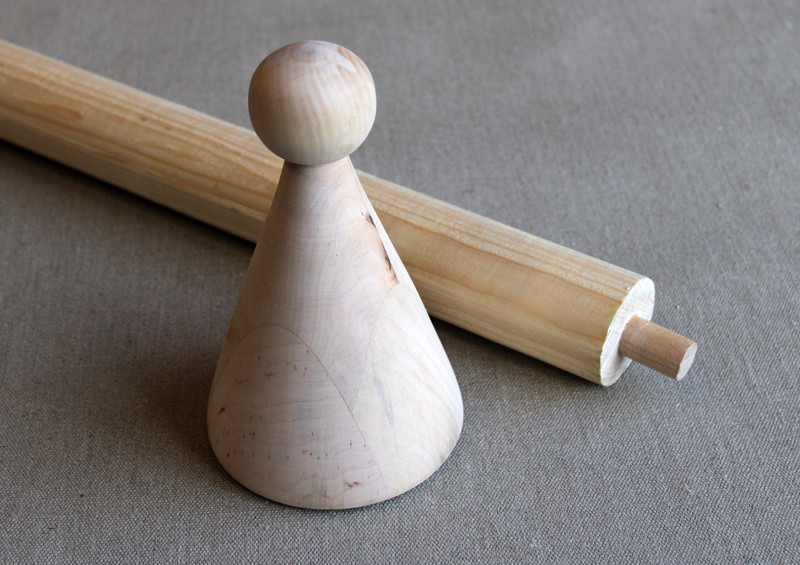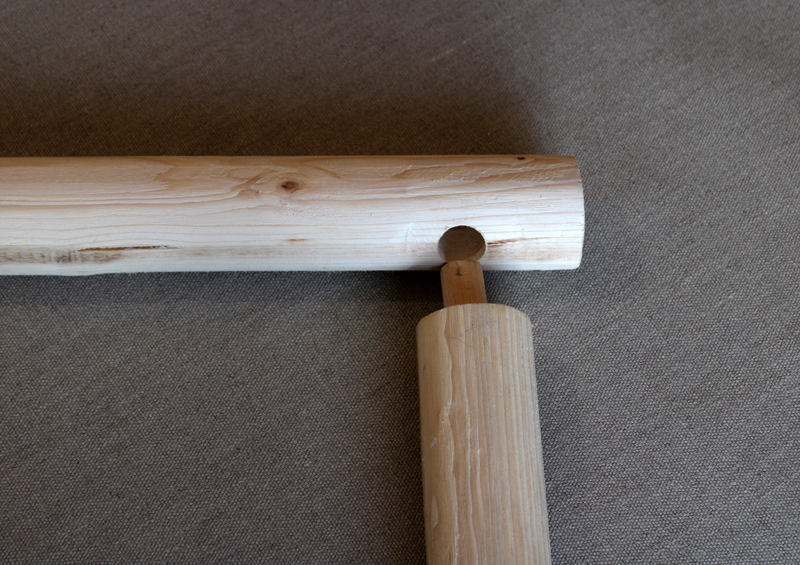Here’s what you should know about your new TENTIAMO retro linen tent:
Our tents are made of robust linen canvas. The thick and densely-woven fabric does not require any chemical impregnation – thanks to the steep roof angle the tents remain completely watertight.
All tents come with a sturdy set of POLES made of spruce wood, which is light and easy to set up and transport. We divide poles longer than 2m and use a stainless steel pipe to connect them. The poles are custom-made for each individual tent, therefore it is easy to fulfill special wishes such as dividing poles shorter than 2m; the cost is 12.50€ per pole.
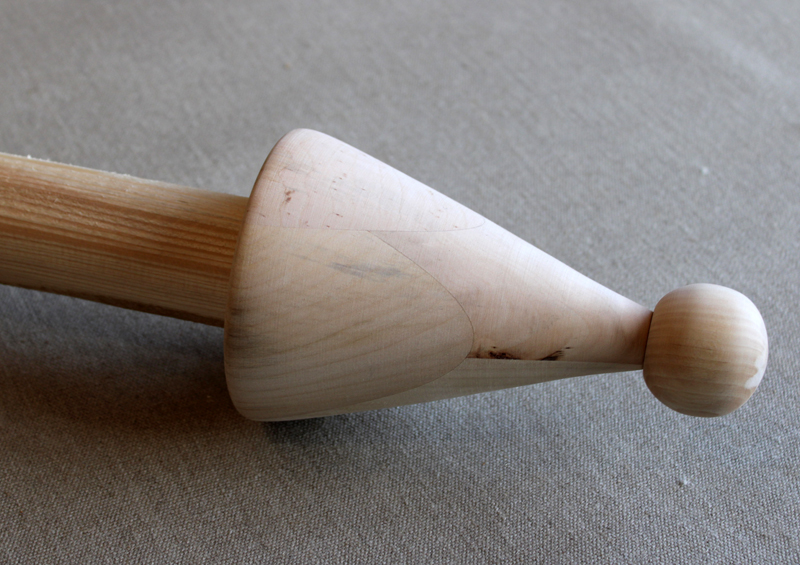
Essential to the conical tent construction, the lathe-turned wooden tip is also an eye-catching ornamental detail. During pitching, it should be put through the opening on the top of the tarpaulin.
PEGS are not included. We invite you to choose from three varieties on offer in Accessories.
MUD FLAPS are standard on all walls. The standard width on the mud flap is 12cm. Mud flaps at the bottom of the walls, combined with a ground sheet, make for a closed, water and windproof floor.
FLOOR – None of our tents have attached floors. Sewing a floor to your canvas tent would make it more difficult to pitch and dry out, and potentially decrease its lifespan. You can choose from a wide range of separate ground sheets fitted to each tent model.
TIE CLOSURES ON THE DOOR – All doors come with tie closures but we can substitute them with loops and wooden toggle closures.
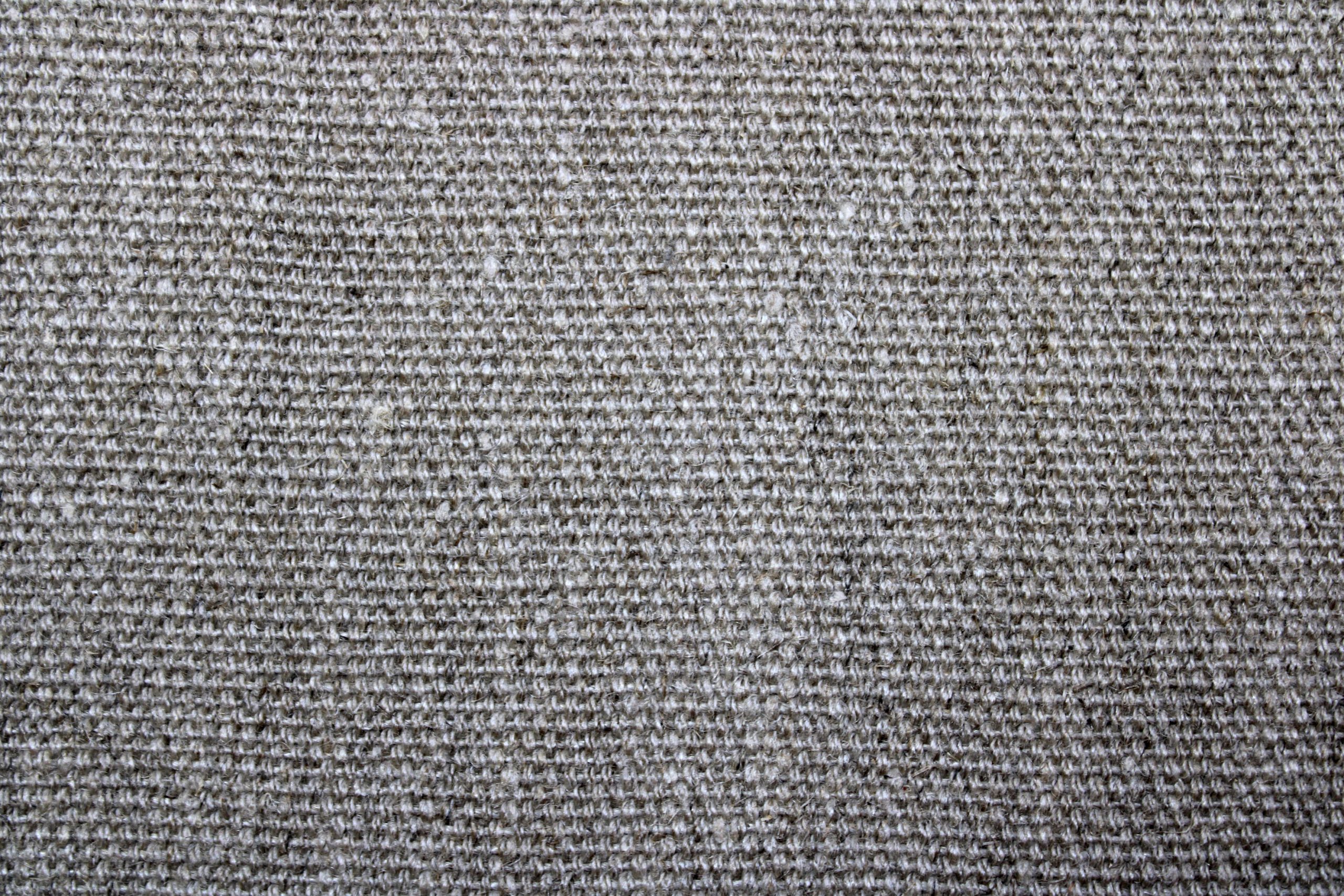
OUR LINEN CANVAS
The fabric weighs about 600gr/m2 and almost double that when wet. Take it into account when designing your own tent or canopy.
When designing a tent with an awning or a canopy, keep in mind that it will provide primarily sun protection. While a light rain will not cause problems, during a heavy rainstorm you should lower the sides of your canopy to facilitate the flow of water off the fabric. When you allow rainwater to sit on top of the fabric, it will start leaking.
Linen, made from flax plant fibres, is a natural product, and therefore, needs a bit looking after.
How to look after your new linen tent:
When you pitch the tent (especially for the first time), don’t stretch the fabric to its limits. Linen shrinks slightly when wet. It stretches again when dry.
Avoid placing furniture or other pieces of camping equipment directly against the tent walls. The prolonged friction might cause the fabric to leak.
Dry your tent out properly after every use and always store it in a dry place.
Remember that as all natural products the fabric will change its appearance through exposure to the elements – it will become brighter and loose its stiffness.
